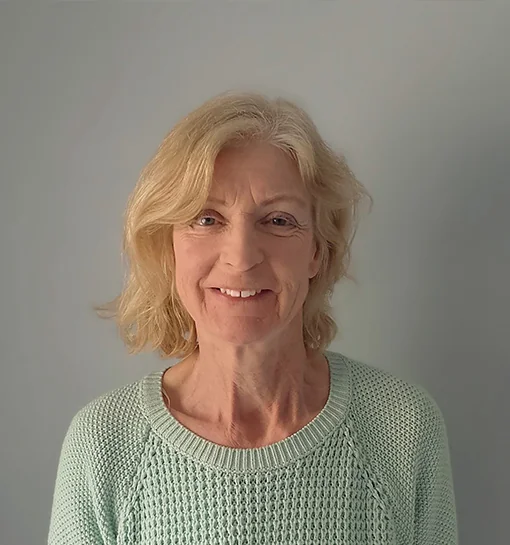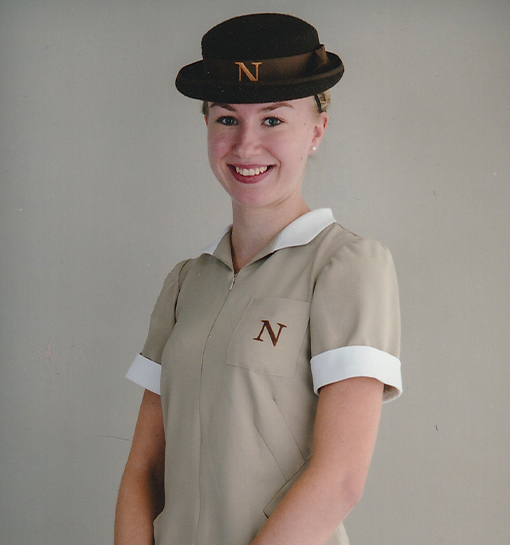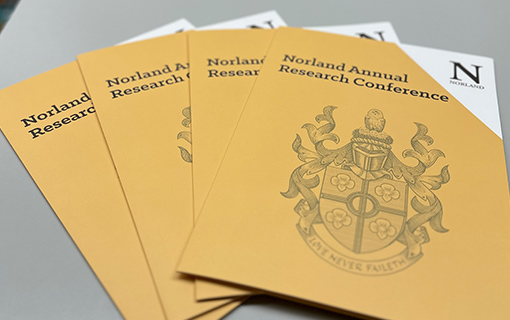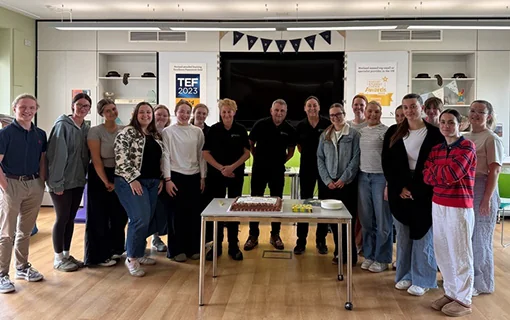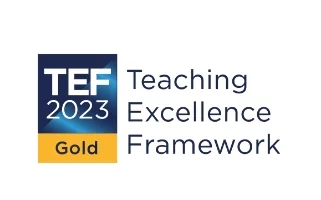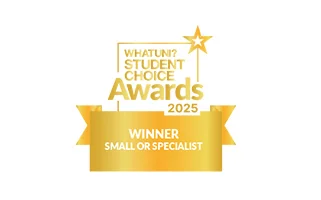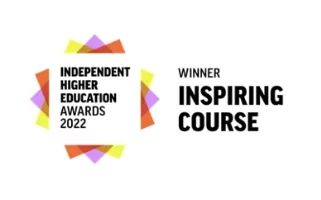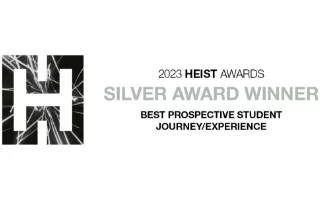5 STEM activities to do with children
6 July 2021

Second-year student Katie (Set 43) has put together a list of five exciting STEM (science, technology, engineering and maths) activities to do with children.
Before Katie delves into some of fun-filled activities, she provides an insight into STEM and how Norland students are taught to use STEM activities to support a child’s development.
“STEM stands for science, technology, engineering and maths. These four areas of learning are amazingly interconnected and all around us! The opportunity for learning and exploring through STEM is infinite and often happens without the child or adult even realising. For example, STEM learning can happen on a walk, while cooking, at the shops or even in the car.
I have a huge passion for STEM in the early years. I love creating activities that teach children about science in a fun and gentle way and how it’s everywhere we look and in everything we do. Teaching children how things work and about big concepts like the weather or how things grow is so empowering for them and opens their eyes to so much knowledge and fun to be had from the everyday. At school I really enjoyed science and always looked forward to carrying out experiments from the theory we’d learned. I love how science and maths are logical yet creative and upon reflection I can really see how my love of these subjects helped me in all areas of my learning. This is something I’m so keen to pass on to children in my care and seeing them thrive in any subject they enjoy is infinitely rewarding.
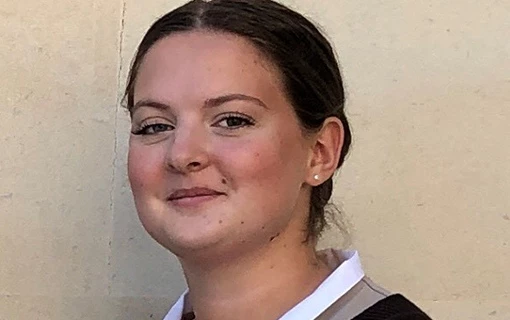
STEM is vitally important to the early years because it teaches children understanding of the world, as mentioned in the Early Years Foundation Stage (EYFS) and Development Matters, which we use a lot at Norland to help inform our practice. Integrating scientific ideas and vocabulary into activities is a brilliant way for children to expand their knowledge of a subject and encourages them to ask questions and consider why things react or function the way they do. This critical thinking is an amazing skill for children to develop as they grow in confidence and independence, and as early years practitioners we are so fortunate to be able to instil this in our charges.
Both in my lectures and in my practice, I’ve found that children are much more likely to want to have a go at an activity and learn from it if they’re interested or it involves one of their own passions. For example, Lego and play dough are great STEM resources and loved by so many children, incorporating maths and science learning, sensory play, fine and gross motor skills, as well as so much more. Using your imagination as a practitioner can help to engage and inspire your charges, they will have fun if they see you’re having fun. The process of creating, planning and carrying out an activity, especially in a subject area that you enjoy and have a passion for, is such a rewarding one, even if sometimes it doesn’t go quite as you’d imagined! Part of what makes it so fulfilling is seeing your charges make it their own and interpret it in their own unique way, your creativity and ideas can inspire or empower them to take something in an entirely different direction and teach you something new at the same time.
At Norland, the modules in both our diploma and degree lectures link very closely with each other and feed into our practice on placement. I found our Play and Learning degree module particularly informative in how we can ensure every day has play opportunities within it, and how we can create an enabling environment in order for children to feel safe and inspired to explore through play and activities. One of the ways we’re assessed at Norland is through holistic assessments which we submit each year to combine all of our learning across the degree and diploma, from planning to carrying out activities. These are an amazing way for us to showcase what we have been learning each term and have fun creating activities. Holistic assessments encourage us to be resourceful and imaginative; two key skills that Norland encourage us to have which I really value.
Here are just some of the STEM activities I’ve carried out with my charges!
The Skittles experiment
You will need:
- Skittles
- A plate
- Water
- Syringe or pipette
I also chose to print off a worksheet to structure the activity more for homeschooling, although the activity works just as well without this for younger children.
Simply create a shape or pattern with your skittles then add some water with your pipette/syringe. This is great for fine motor skills and getting used to using new utensils. Watch what happens to the colours as they react with the water, and then just have fun mixing the colours and seeing what happens the longer the skittles are in the water.
Depending on the child’s age this activity can be done quite independently. If they’re younger you might choose to supervise and ask prompting questions. This is useful in any activity because it encourages children to figure out or hypothesise what they think is going to take place.
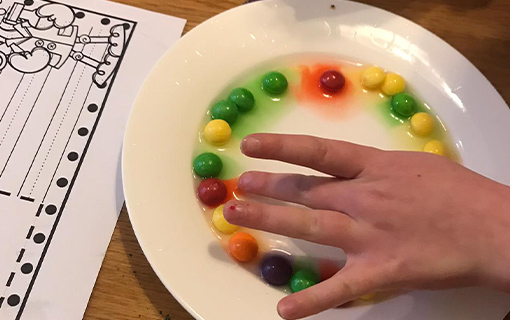
Dream potions
You will need:
- 1 cup of vinegar
- 2 tsp of bicarbonate of soda
- 2 tbsp of washing up liquid
- ½ a red cabbage
- Glitter
Chop the cabbage into chunks and place in a large saucepan and cover with water. Bring this to the boil then let it simmer for 10 minutes. The smell can be quite strong so keep the pan covered with a lid. Children can get involved right from the start by chopping up or pulling apart the cabbage leaves. Teaching children how to be safe in the kitchen is a great life skill and enables them to have more fun with experiments such as this one.
Once the cabbage water is ready, drain the water into your potion jars and leave this to cool. You can even put the cabbage on a compost heap if you have one, another great way to talk about science and how we can be sustainable with our food waste.
Once cooled, add the glitter, washing up liquid and vinegar. Give it a good stir and see how the colours change – is it magic or science?! On a tray or in the sink pour in your bicarbonate of soda and watch the potion explode. This was a huge hit with my charges and we filmed it to watch it back over and over again – they were so proud of their potion-making skills, which is so rewarding to see!
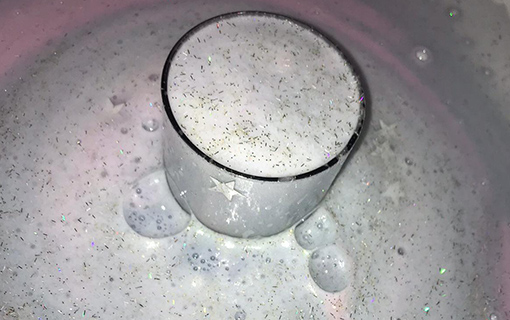
Egg drop junk modelling challenge
You will need:
- Scissors
- Glue
- Tape
- Recycling
- Coloured pens/pencils
- Pom poms, sequins, glitter, stickers etc to decorate
For this activity, the challenge is to protect your raw eggs from a high fall. We used the slide and climbing frame at the local park. Remember throughout this activity that children should be supervised, especially when using scissors and if dropping your creation from a height.
Use whatever recycling and craft supplies you have to hand to create a contraption! This activity is great for encouraging children to think about and discuss STEM concepts such as weight, force, construction and aerodynamics.
If you have enough eggs, you can do some prototypes and practice runs to consider what worked well and why, and what you might change for next time. This process can extend the challenge as well as give children an opportunity to reflect on their own ideas and come up with creative solutions.
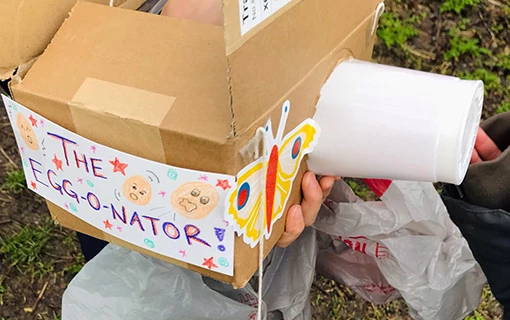
Seed bombs
You will need:
- Coloured craft paper
- Seeds
- Warm water
- A blender
Firstly, tear up the coloured paper and soak in lukewarm water for 10 minutes. Now drain the water and blend the paper into a mulch.
In a bowl, add the seeds to the mulch and shape into balls. Then leave the seed bombs to dry out on a tray.
Once they are all dry you can plant them either in a pot or in the ground!
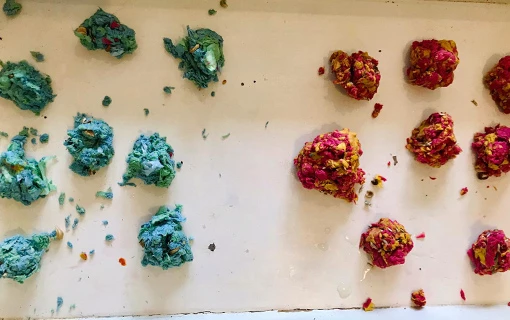
Lava lamps
You will need:
- Vegetable oil
- Food colouring
- Alka seltzer tablets
Firstly, fill a cup half full with the oil, then add a few drops of food colouring, see how they react with one another and what happens to the droplets.
An adult will need to crumble up the Alka seltzer tablets into a small dish. Discuss with the child how they shouldn’t touch these as they are medicine. This is another great conversation to have because it teaches children about safety and how in STEM there can be things that are dangerous but if you follow instructions and are safe, it can still be fun!
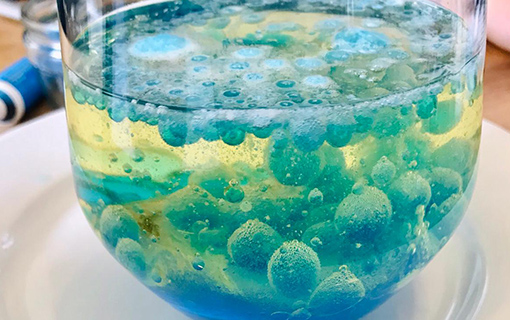
Browse our blog and latest news
